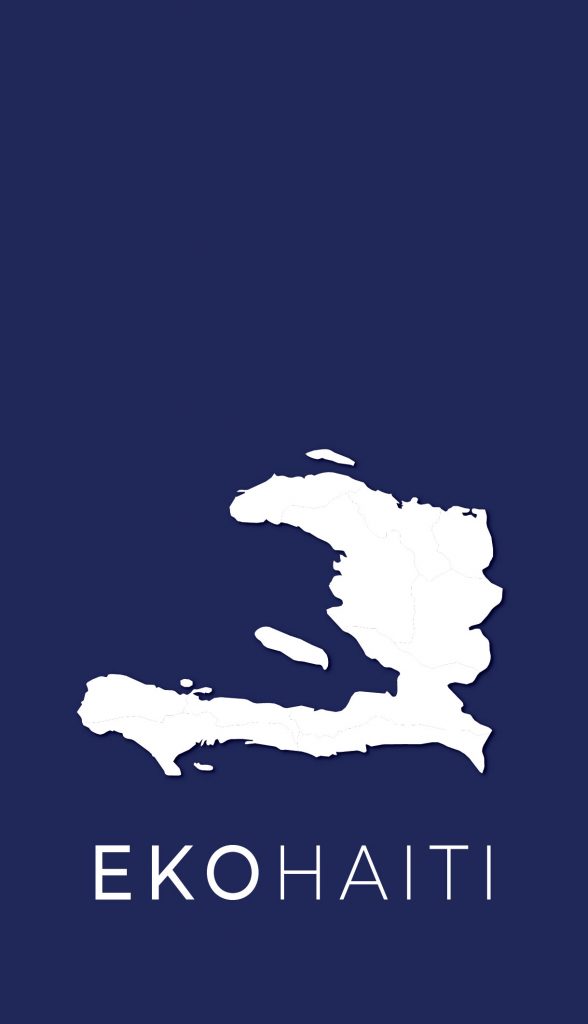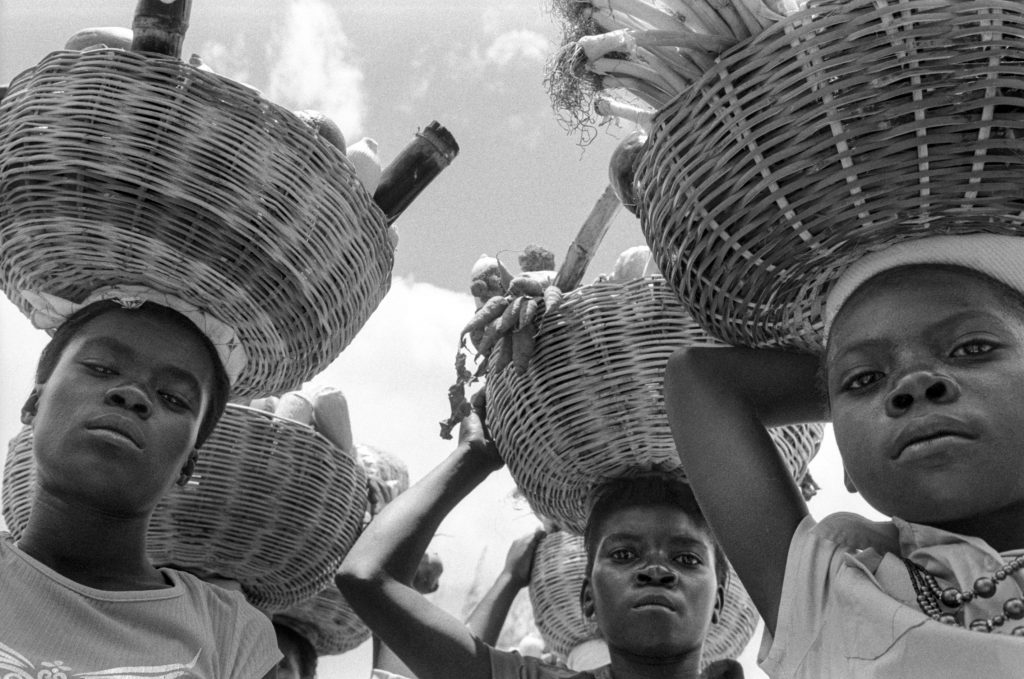Historical studies have set up a paradox where religious practices are discussed as socially important to enslaved people while simultaneously are described as peripheral to the outbreak of the Haitian Revolution. Yet at the heart of the lead up to the 1791 insurgency was an Afro-Caribbean religious event called the Bois-Caiman ceremony. The timing of that ceremony in conjunction with a cultural analysis of its religious leadership and its religious practices, primarily dance and blood-oath, lead to a reading of the sources that stresses that religion played a more central role to the insurgency than previously argued. By employing recent anthropological methodologies and insights about the active role of culture in slave life, this study finds that the religious practices of enslaved people in Saint-Domingue were necessary to the organization and mobilization of the 1791 insurgency. The Bois-Caiman ceremony was a crucial moment in the outbreak of the Haitian Revolution.
Open Source Archives
We strive to facilitate interdisciplinary collaboration and the implementation of progressive and participatory research methods, with the goal of generating tangible, durable changes in the way research about Haiti is conceptualized, implemented and applied.

ABOUT US
Research Hub & Open Source Archives
EKO HAITI Research Hub is a research and knowledge mobilization platform focused on creative, collaborative and interdisciplinary research and associated research-based learning. We aim to become the intellectual “home” for research about Haiti by creating and providing open access to the largest crowdsourced research archive dedicated to Haiti, by fostering cross-disciplinary research and innovation, and by providing support for progressive research in the form of contextual expertise and training.
“The trees fall from time to time, but the voice of the forest never loses its power. Life begins.”
Jacques Alexis, Les Arbres Musiciens (Paris, 1957)





ORAL HISTORIES
Oral histories are a powerful tool in developing historical understanding
Oral history offers an alternative to conventional history, filling gaps in traditional research with personal accounts of historically significant events or simply life in a specific place and time. Oral histories do more than provide charming details to dry historical accounts. In fact, oral histories help others recapture lived experiences that are not written down in traditional sources.
> Transcripts archive

" Bwa pi wo di li wè lwen, men grenn pwomennen di li wè pi lwen pase l "
The tallest tree says that it sees far, but the seed that travels says that it sees even further.
GET INVOLVED
Support EKO HAITI
As an independent institute, we rely on crowdsourcing and donations to continue expanding the depth and scope of our archives. Your contribution enable us to provide open access to a vast collection of ethnographic and research material which in turn aims at fostering further research and contribute to a better understanding of the country.

